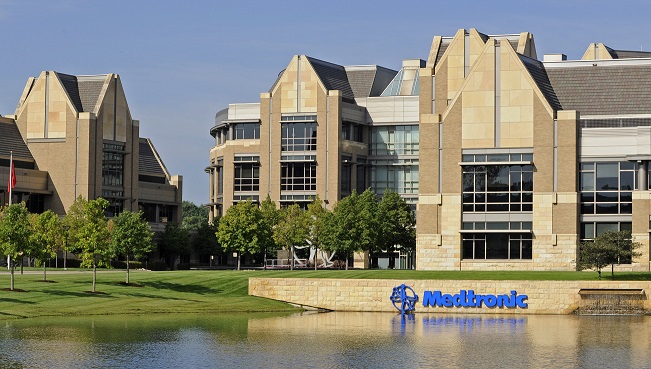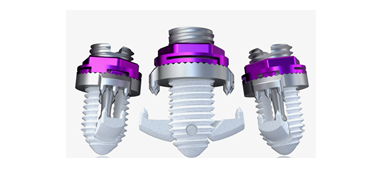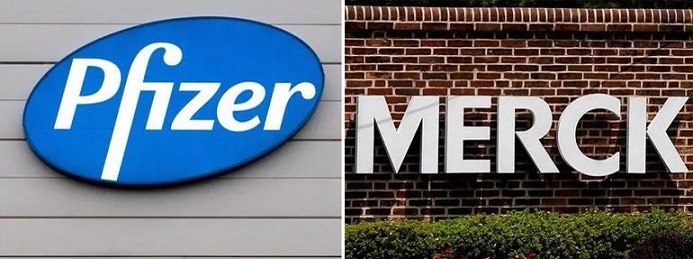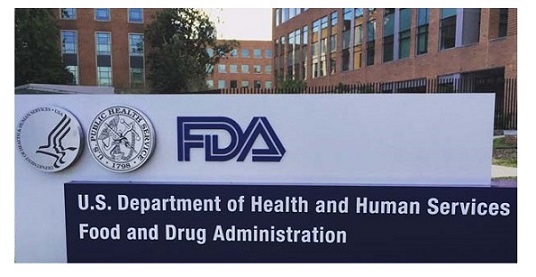The reason is due to a critical staffing shortage that has contributed to the loss of approximately 500 medical/surgical and ICU beds.
December 13, 2021 / Jeff Lagasse, Associate Editor
The Commonwealth of Massachusetts has decreed that hospitals with limited capacity cut their non-urgent procedures by 50% starting Wednesday, December 15, in response to ongoing staffing issues.
Republican Governor Charlie Baker’s administration said the move was prompted in part by a critical staffing shortage which has contributed to the loss of approximately 500 medical/surgical and ICU hospital beds. Hospitals are also seeing a high level of patients, which the administration said is mostly due to non-COVID-19-related reasons.
On November 23, the Department of Public Health (DPH) released guidance to hospitals to reduce certain non-essential, elective services and procedures by 30%. Late last week, the number was amended to 50%.
In a bid to assure hospital inpatient capacity, the DPH has also issued a COVID-19 Public Health Emergency Order that provides hospitals flexibility with respect to ICU nursing staff ratios, as well as guidance that permits hospitals to create capacity in alternate spaces.
WHAT’S THE IMPACT
The guidance, according to the Commonwealth, provides additional tools to support acute care hospitals facing critical workforce and capacity constraints.







